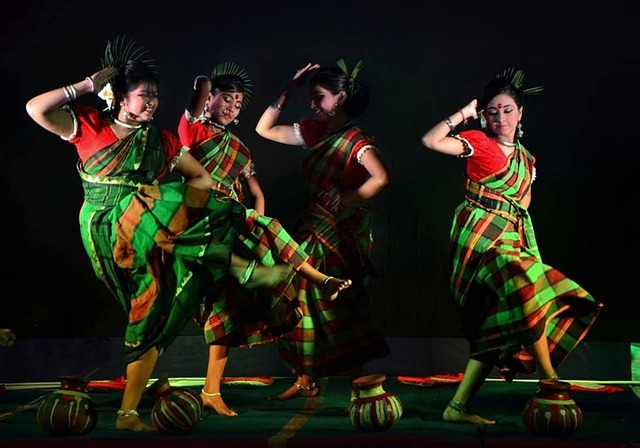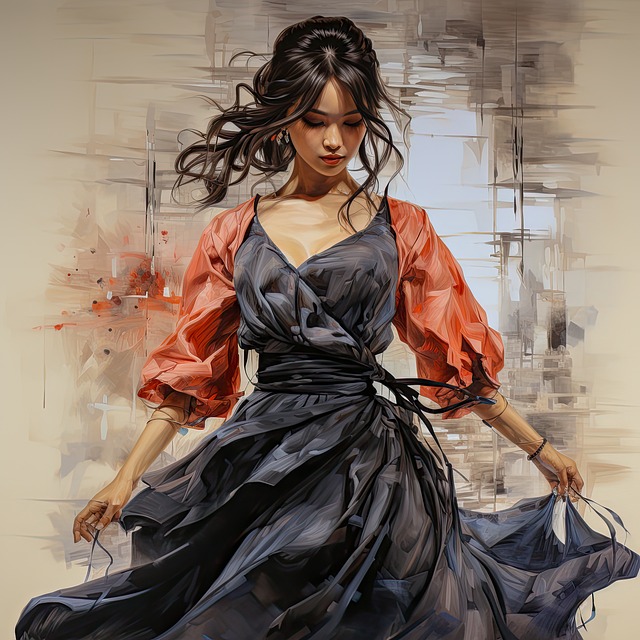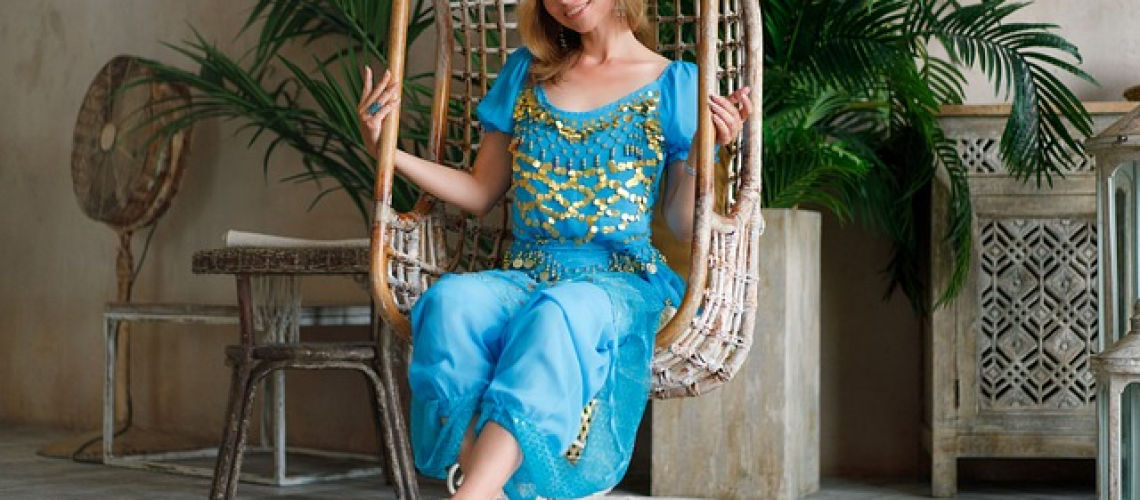Did you know that over 50% of dancers experience a slump in their passion for Oriental dance at some point in their journey? It’s completely normal to feel bored, uninspired, or even tempted to give up. But don’t fret! There are numerous ways to reignite your love for this beautiful art form and find inspiration once again. In this article, we will explore 101 ideas to help you revive your passion for Oriental dance and rediscover the joy it once brought you. From trying out different dance styles to exploring new techniques and enhancing your dance education, we will guide you through a journey of self-discovery and renewed inspiration. So, get ready to step out of your comfort zone, embrace new challenges, and fall in love with Oriental dance all over again. It’s time to refresh, rejuvenate, and reconnect with your passion for this captivating art form. Let’s get started!
Key Takeaways
- Trying out different dance styles like Shaabi, Ouled Nail, Moroccan Chaabi, Sheikat, Ghawazee, Bandari, Debke, Kawleeya, Saidi, and Nubian can refresh and renew love for Oriental dance.
- Incorporating props like tambourines or veils adds excitement and variety to performances and infuses energy and enthusiasm into Oriental dance.
- Exploring different dance techniques and improvisation taps into creativity and diversifies skills in Oriental dance.
- Enhancing dance education by studying dance history, origins, evolution, cultural influences, and costume design deepens understanding, broadens horizons, and reignites passion for Oriental dance.

Different Dance Styles
Explore different dance styles like Shaabi, Ouled Nail, Moroccan Chaabi or Sheikat, Ghawazee, Bandari, Debke, Kawleeya, Saidi, and Nubian to refresh and renew your love of Oriental Dance. One of the best ways to reignite your passion for dance is by delving into new and exciting choreography. Each dance style brings its own unique movements, rhythms, and cultural influences that will invigorate your creativity and challenge your skills. Take the time to study the intricacies of each style, learn the traditional steps, and incorporate them into your own dance routines. Additionally, don’t be afraid to experiment with new props like tambourines or veils. These accessories can add a dynamic element to your performances and inspire fresh ideas. By exploring different dance styles and trying new props, you’ll infuse your Oriental Dance with renewed energy and enthusiasm.

Exploring Dance Techniques
Try out different dance styles like Shaabi, Ouled Nail, Moroccan Chaabi, Ghawazee, Bandari, Debke, Kawleeya, Saidi, and Nubian to diversify your dance techniques. Each of these styles offers a unique flavor and rhythm, allowing you to explore new movements and expressions.
In addition to trying out different dance styles, consider exploring improvisation in your dance practice. Improvisation allows you to tap into your creativity and discover new ways of moving. It can be a freeing and exhilarating experience, allowing you to break free from the confines of choreography and truly express yourself in the moment.
Incorporating props into your dance can also add an element of excitement and variety. Consider using a tambourine, for example, to accentuate certain movements or add a rhythmic element to your performance. Props can enhance your storytelling and bring a new dimension to your dance.
By exploring different dance styles, improvisation, and incorporating props, you can breathe new life into your oriental dance practice, reigniting your passion and love for this beautiful art form.

Enhancing Dance Education
Broaden your horizons and deepen your understanding of dance by delving into various dance history books and documentaries, allowing you to unlock the hidden treasures of knowledge and expand your dance education. Dance history is a fascinating subject that can provide valuable insights into the origins and evolution of Oriental dance. By studying the historical context, cultural influences, and significant figures in the dance world, you can gain a deeper appreciation for the art form and its rich heritage. Additionally, exploring costume design can enhance your understanding of the visual aspects of Oriental dance. By studying different styles of costumes, fabrics, and embellishments, you can learn to create visually stunning and culturally authentic ensembles that complement your dance style. By incorporating these elements into your dance education, you can enrich your experience and reignite your passion for Oriental dance.
Frequently Asked Questions
How can I overcome dance burnout and regain my passion for Oriental dance?
Feeling burnt out and losing passion for oriental dance is a common hurdle, but there are ways to overcome it. Rediscovering joy starts with finding motivation again. Try exploring different dance styles like Shaabi or Moroccan Chaabi to bring fresh inspiration. Familiarize yourself with the sounds of each Egyptian instrument and incorporate them into your routines. Record and critique your performances to identify areas for improvement and growth. Remember, dance is a journey, and sometimes it just takes a little effort to reignite the flame.
What are some tips for incorporating props, like a tambourine, into my Oriental dance routines?
Looking to add some pizzazz to your oriental dance routines? Incorporating props can take your performance to the next level! The art of using props in oriental dance performances is a surefire way to grab the audience’s attention. To add flair to your dance, seamlessly integrate a tambourine into your routine. Use it to accentuate the music, create rhythmic patterns, and add visual interest. With a little practice, you’ll be dazzling the crowd with your tambourine skills in no time!
How can I learn and perform a Taqsim in my Oriental dance practice?
To learn and perform a taqsim in your oriental dance practice, there are techniques and tips you can follow. Start by understanding the emotional and improvisational aspect of taqsim, as it is a solo instrumental piece that allows you to express yourself through movement. Listen to taqsim music and familiarize yourself with its structure and rhythm. Practice interpreting the music with your body, exploring different movements and gestures that reflect the mood and melody. By immersing yourself in the beauty of taqsim, you can enhance your oriental dance practice and truly connect with the music.
Are there any resources or recommendations for recording and critiquing my own dance performances?
Looking to improve your dance performances? Start by exploring recording techniques and the critiquing process. Recording your performances allows you to watch them back and analyze your movements, expressions, and overall stage presence. It’s a valuable tool for self-reflection and growth. When critiquing, focus on areas for improvement and celebrate your strengths. Take note of timing, technique, and emotional connection. With these resources and recommendations, you can elevate your dance to new heights.
How can I familiarize myself with the sounds of Egyptian musical instruments used in Oriental dance?
To familiarize yourself with the sounds of Egyptian musical instruments used in Oriental dance, immerse yourself in the traditional music of Egypt. Listen to recordings of Egyptian musicians playing instruments like the oud, qanun, ney, and darbuka. Attend live performances or workshops where you can see these instruments being played up close. By actively engaging with the music, you’ll develop a deeper understanding and appreciation for the unique sounds that accompany Oriental dance.
